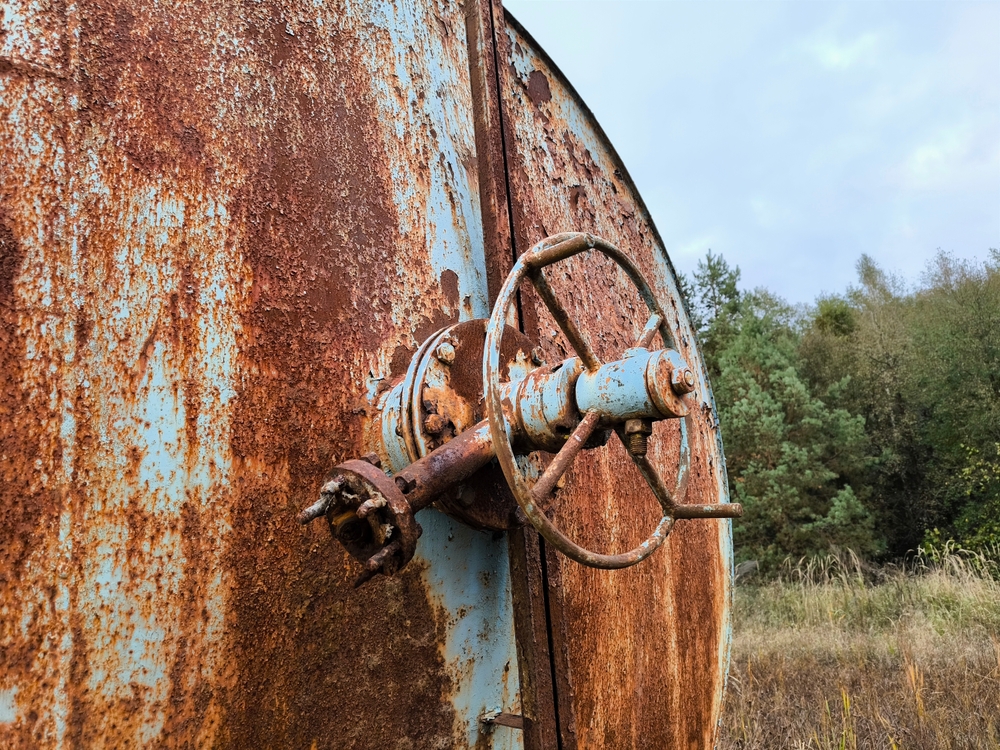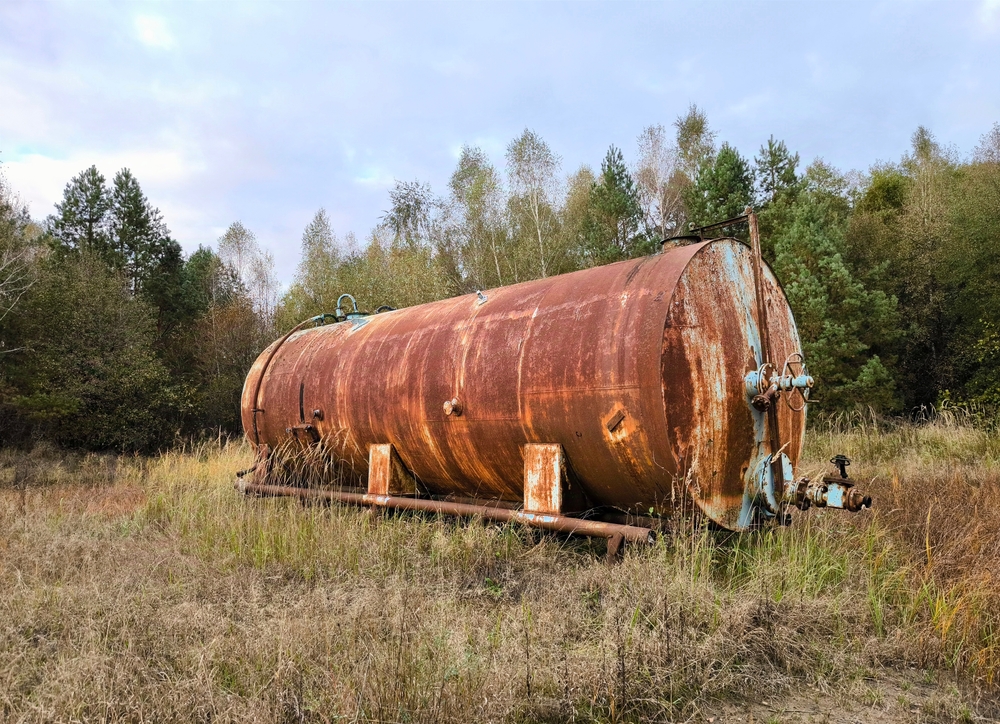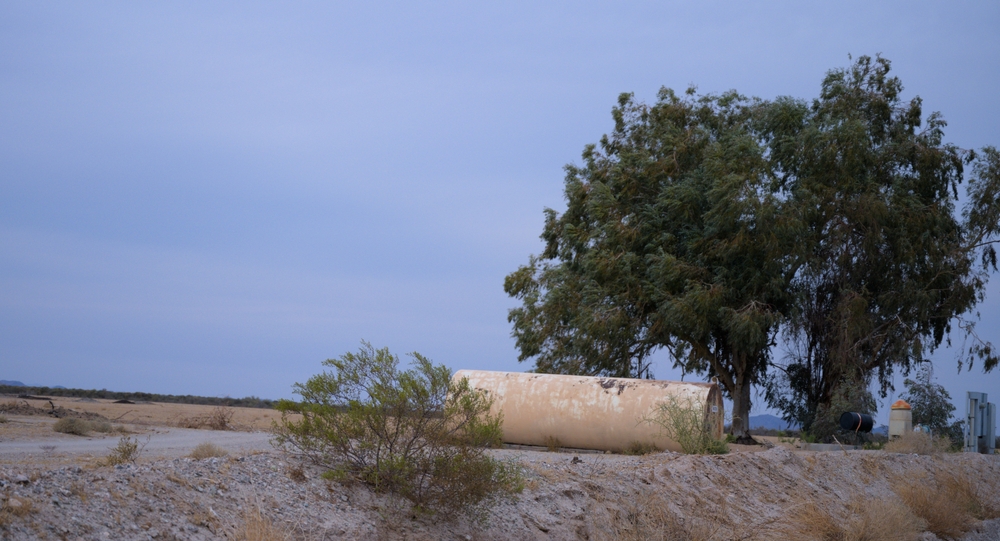
In both residential and commercial sectors, underground and aboveground tanks have long been used to store various liquids, such as petroleum, chemicals, and water. Over time, however, these tanks may become obsolete, damaged, or decommissioned. When a tank is no longer in use, it’s crucial to address its proper abandonment, as improper handling can pose significant risks to the environment, public health, and legal compliance. In this blog, we’ll explore why proper tank abandonment is essential for safety and compliance, and how environmental tank removal solutions Minneapolis MN can help mitigate these risks.
Understanding Tank Abandonment
Tank abandonment is the process of ceasing the use of a tank and ensuring that it is properly closed or removed according to regulatory standards. This could involve decommissioning an underground storage tank (UST) or aboveground storage tank (AST) that is no longer necessary or functional. It’s a procedure that must be carried out carefully, as there are several potential hazards associated with the improper abandonment of tanks.
Tank abandonment typically involves emptying the tank, cleaning it, and either filling it with inert materials or removing it entirely. Additionally, any contaminants, such as chemicals or petroleum products, must be disposed of according to proper disposal guidelines. Regulatory compliance is a major part of this process, with local, state, and federal regulations governing how tanks should be closed, decommissioned, or removed.
Why Proper Tank Abandonment is Essential
1. Environmental Protection
One of the primary reasons to properly abandon tanks is to prevent environmental contamination. Tanks that have been used to store hazardous substances like gasoline, oil, or chemicals can leak or rupture if not adequately closed or removed. These leaks can seep into the ground, polluting the soil and water supply, and threatening ecosystems.
When a tank is not properly sealed, it can also allow dangerous fumes to escape into the air. For example, oil or gas storage tanks can leak volatile organic compounds (VOCs), which can lead to air pollution and pose a health risk to nearby residents.
Proper abandonment procedures ensure that tanks are thoroughly emptied, cleaned, and safely disposed of, minimizing the risk of contamination and environmental harm.
2. Health and Safety Concerns
Tanks that are left abandoned or poorly decommissioned can pose significant health risks to people who live or work near the area. For instance, tanks with residual flammable liquids or gases can become hazardous if disturbed, leading to the possibility of fire or explosion.
In addition to the physical dangers, improperly abandoned tanks can also become a breeding ground for mold or bacteria. For instance, old water tanks that are not drained or cleaned can accumulate standing water, providing an ideal environment for harmful pathogens.
By following the correct abandonment process, these potential health hazards can be effectively prevented, ensuring the safety of those in the vicinity.
3. Legal and Regulatory Compliance
The abandonment of tanks is not only a matter of safety but also legal compliance. Various local, state, and federal regulations require that tanks be closed or removed properly to avoid potential legal consequences. In the U.S., the Environmental Protection Agency (EPA) and state agencies such as the Minnesota Pollution Control Agency (MPCA) set guidelines and rules for tank abandonment to safeguard public health and the environment.
Failing to properly abandon a tank can lead to hefty fines, penalties, or even lawsuits. The cost of non-compliance can far exceed the expenses associated with properly decommissioning or removing the tank. By adhering to the appropriate procedures, you not only ensure safety but also avoid the financial burden of legal issues.
4. Prevention of Future Problems
Even if an abandoned tank doesn’t immediately cause environmental or safety issues, it can lead to future complications. For example, if an old tank is left in place and not properly sealed, it may deteriorate over time. This decay could lead to structural collapse or leaks, leading to significant environmental damage and remediation costs down the line.
By acting promptly to properly abandon the tank, you are preventing these future issues and saving on costly clean-up operations. This also reduces the risk of long-term environmental liability.
Key Steps in Proper Tank Abandonment
Proper abandonment of tanks involves a series of essential steps. Each of these steps is critical to ensuring that the abandonment process is safe, environmentally friendly, and compliant with regulations.
1. Emptying the Tank
The first step in properly abandoning a tank is to remove any remaining liquids or chemicals from inside. This process must be done carefully, as there could be hazardous materials still present in the tank. Depending on the type of substance stored, specialized equipment may be necessary to safely pump the contents out of the tank.
2. Cleaning the Tank
Once the tank is emptied, the next step is cleaning the interior. This is especially important for tanks that have held chemicals, fuels, or other potentially hazardous substances. Residual fumes or residues may remain, posing a risk of contamination or explosion. Specialized cleaning procedures must be followed to ensure that the tank is free from harmful chemicals and residues.
3. Tank Disposal or Sealing
After cleaning, the tank must either be removed or sealed, depending on the specific regulations in your area. For underground storage tanks, filling the tank with inert materials such as sand or concrete may be necessary to prevent collapse or further contamination. Alternatively, the tank may need to be removed from the ground entirely.
In cases where the tank is aboveground, it may be dismantled and sent for recycling or disposal. In either case, it’s essential to work with professionals who specialize in environmental tank removal solutions to ensure the correct procedures are followed.
4. Proper Disposal of Contaminants
All liquids, residues, and any other contaminants removed from the tank must be disposed of according to local, state, and federal regulations. This often involves transporting hazardous waste to licensed disposal facilities. Environmental tank removal solutions in Minneapolis, MN, or your area, can ensure that all contaminants are properly handled and disposed of to minimize environmental impact.
Why You Need Professional Environmental Tank Removal Solutions
While some property owners may attempt to handle tank abandonment on their own, the process requires specific knowledge, tools, and expertise to be performed safely and in compliance with the law. Working with professionals who specialize in environmental tank removal solutions Minneapolis, MN, can ensure that the abandonment process is executed correctly from start to finish.
These professionals are equipped with the experience to handle various types of tanks and the hazardous materials they may contain. They also understand the legal requirements involved in tank decommissioning and removal and can help you navigate the complex regulatory landscape.
By hiring experienced environmental tank removal experts, you are ensuring that the process is handled efficiently and safely, with minimal risk to the environment, your property, and the surrounding community.
Conclusion
Properly abandoning tanks is essential for environmental protection, public health, and regulatory compliance. Whether you are dealing with an old oil tank, a fuel storage tank, or any other type of decommissioned container, it’s crucial to follow the proper steps for tank abandonment to prevent potential safety hazards, contamination, and legal troubles.
Working with a qualified provider of environmental tank removal solutions Minneapolis, MN, ensures that your tank abandonment is conducted with the highest level of care, professionalism, and compliance. By addressing tank removal promptly and correctly, you safeguard both your property and the environment for years to come.
Need Professional Tank Removal Services in Minneapolis, MN?
Dean’s Tank, Inc. has been serving Minnesota since 1989 as the Midwest’s leading residential petroleum tank contractor. With over 34 years of experience, we specialize in basement tank removal and underground storage tanks. We are proud to be a licensed and insured certified petroleum storage contractor by the Minnesota Pollution Control Agency (MPCA). Our dedicated team is available for emergency services 24/7, ensuring the safety and satisfaction of our customers. Contact us today to learn more about what we can do for you!

When it comes to property management, one issue that often gets overlooked is tank abandonment. Whether it’s an old underground storage tank (UST) or a surface tank used for heating oil, abandoning a tank on your property can lead to severe legal consequences. Understanding the laws surrounding tank abandonment is crucial for property owners to avoid fines, liability issues, and environmental damage.
What Constitutes Tank Abandonment?
Tank abandonment occurs when a property owner ceases to use a storage tank but leaves it in place without properly decommissioning it. This is especially common with underground storage tanks, which are often forgotten once they are no longer needed. While some might view this as a harmless oversight, it can lead to significant legal and financial challenges.
Many jurisdictions have specific regulations that require property owners to remove or properly decommission tanks once they are no longer in use. Failure to comply with these regulations may be classified as illegal tank abandonment, exposing the property owner to penalties and liability.
Legal Risks of Illegal Tank Abandonment
1. Violation of Environmental Laws
Tanks, particularly underground ones, pose a high risk of environmental contamination if not properly maintained or decommissioned. Old tanks can leak oil or hazardous substances into the soil and groundwater, creating long-term environmental issues. Federal laws like the Resource Conservation and Recovery Act (RCRA) and state-level regulations often govern the management of such tanks.
Violating these laws through illegal tank abandonment can result in hefty fines, mandatory cleanup costs, and even criminal charges in severe cases. Regulatory agencies take such violations seriously because of their potential to harm public health and the environment.
2. Property Devaluation
Abandoning a tank on your property can negatively impact its value. Prospective buyers are unlikely to invest in a property that comes with the risk of environmental contamination or legal liabilities. Furthermore, real estate transactions often require environmental site assessments, which could uncover the abandoned tank and necessitate costly remediation before the sale can proceed.
3. Liability for Environmental Cleanup
If an abandoned tank leaks, the property owner can be held responsible for the cleanup, even if the contamination occurred years before its discovery. Cleanup costs for contaminated soil and groundwater can range from tens of thousands to hundreds of thousands of dollars, depending on the severity of the spill.
Property owners may also face third-party lawsuits from neighbors or businesses affected by the contamination. These lawsuits can lead to additional financial strain and long-term legal entanglements.
Steps to Address Tank Abandonment Legally
The best way to avoid the legal implications of tank abandonment is to address the issue proactively. Hiring a professional tank abandonment service is the most effective way to ensure compliance with local and federal regulations. Here’s a step-by-step guide:
1. Conduct a Tank Inspection
Before decommissioning a tank, it’s essential to assess its condition. A professional inspection will determine whether the tank has leaked or poses a risk of leaking in the future. If contamination is detected, remediation efforts will need to be undertaken before proceeding with tank removal.
2. Follow Local and Federal Regulations
Regulations regarding tank abandonment vary by jurisdiction, so it’s important to familiarize yourself with the specific requirements in your area. These may include obtaining permits, notifying regulatory agencies, and adhering to decommissioning procedures.
Professional tank abandonment services are well-versed in these regulations and can ensure your compliance, saving you time and potential legal headaches.
3. Remove or Decommission the Tank
Depending on the type and condition of the tank, it may need to be removed entirely or properly sealed and left in place. Removal typically involves excavating the tank and disposing of it at a certified facility. In contrast, decommissioning might involve cleaning the tank, filling it with an inert substance like sand or foam, and sealing it to prevent future leaks.
4. Obtain Certification
Once the tank has been properly decommissioned, ensure that you obtain a certificate of compliance from the relevant authorities. This documentation will be essential if you decide to sell the property in the future, as it provides proof that the tank was handled legally and responsibly.
How Tank Abandonment Services Can Help
Dealing with a tank on your property can feel overwhelming, especially if you’re unfamiliar with the legal and environmental considerations involved. A professional tank abandonment service can streamline the process by handling everything from inspection to removal or decommissioning.
These services are equipped with the expertise and tools needed to safely manage tanks, minimize environmental risks, and ensure compliance with the law. Their role is not only to remove or decommission the tank but also to provide peace of mind for property owners by addressing all potential liabilities.
Consequences of Ignoring Tank Abandonment
Choosing to ignore an abandoned tank on your property can lead to severe consequences, including:
1. Fines and Penalties
Regulatory agencies impose significant fines for illegal tank abandonment. The penalties can vary depending on the severity of the violation, but they often amount to thousands of dollars.
2. Long-Term Liability
Environmental contamination from an abandoned tank can surface years later, leaving the current property owner liable, regardless of whether they were aware of the tank’s presence. This long-term liability underscores the importance of addressing tank abandonment proactively.
3. Legal Action
If contamination spreads to neighboring properties, affected parties may file lawsuits against the tank owner. Legal battles can be costly and time-consuming, further compounding the financial burden of illegal tank abandonment.
Preventing Future Tank Abandonment Issues
The best way to avoid the legal and financial risks associated with tank abandonment is through proactive property management. Here are some tips:
- Maintain Accurate Records: Keep detailed records of all tanks on your property, including their location, condition, and usage history.
- Conduct Regular Inspections: Schedule periodic inspections to assess the condition of tanks and identify potential issues early.
- Work with Professionals: Partner with a reputable tank abandonment service to ensure compliance with regulations and minimize risks.
- Stay Informed: Keep up-to-date with local and federal regulations regarding tank management to avoid unintentional violations.
The Environmental Impact of Illegal Tank Abandonment
Abandoning a tank isn’t just a legal issue—it’s also an environmental one. Leaking tanks can release harmful chemicals like petroleum, benzene, and heavy metals into the soil and groundwater, leading to long-term ecological damage. These substances are not only harmful to wildlife but also pose a risk to human health, especially if they contaminate drinking water sources.
By addressing tank abandonment responsibly, property owners can play a role in protecting the environment while safeguarding themselves from legal repercussions.
Conclusion
The legal implications of abandoning a tank on your property are far-reaching, encompassing everything from environmental fines to property devaluation and long-term liability. By understanding the risks and taking proactive steps to address tank abandonment, property owners can avoid these pitfalls and ensure compliance with the law.
Whether you’re dealing with an old heating oil tank or a forgotten underground storage tank, hiring a professional tank abandonment service is the most reliable way to handle the situation responsibly. Not only will this protect you from legal and financial consequences, but it will also contribute to a safer and healthier environment for future generations.
Don’t let an abandoned tank become a ticking time bomb on your property—act now to secure your peace of mind.
Need Professional Tank Removal Services in Minneapolis, MN?
Dean’s Tank, Inc. has been serving Minnesota since 1989 as the Midwest’s leading residential petroleum tank contractor. With over 34 years of experience, we specialize in basement tank removal and underground storage tanks. We are proud to be a licensed and insured certified petroleum storage contractor by the Minnesota Pollution Control Agency (MPCA). Our dedicated team is available for emergency services 24/7, ensuring the safety and satisfaction of our customers. Contact us today to learn more about what we can do for you!





